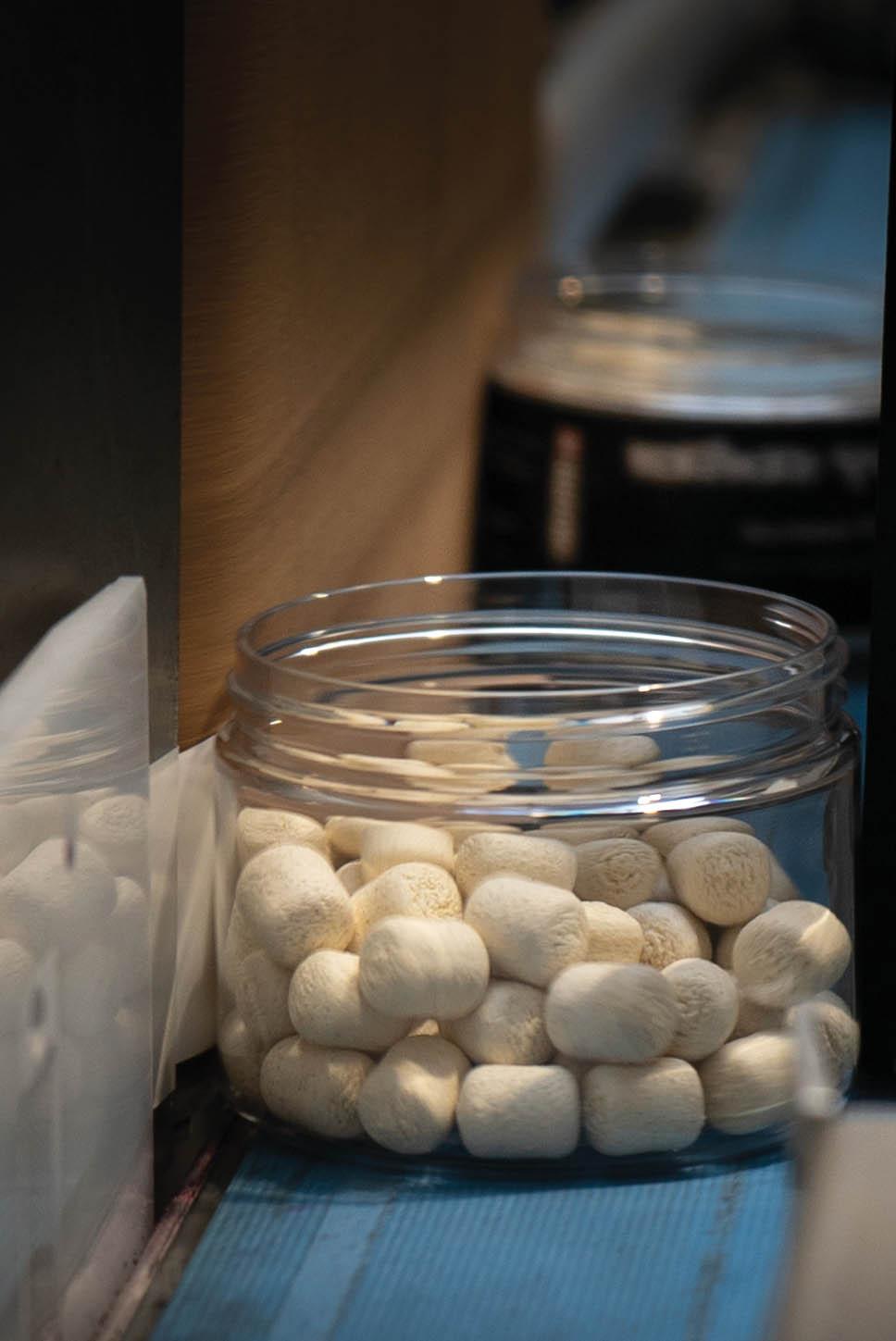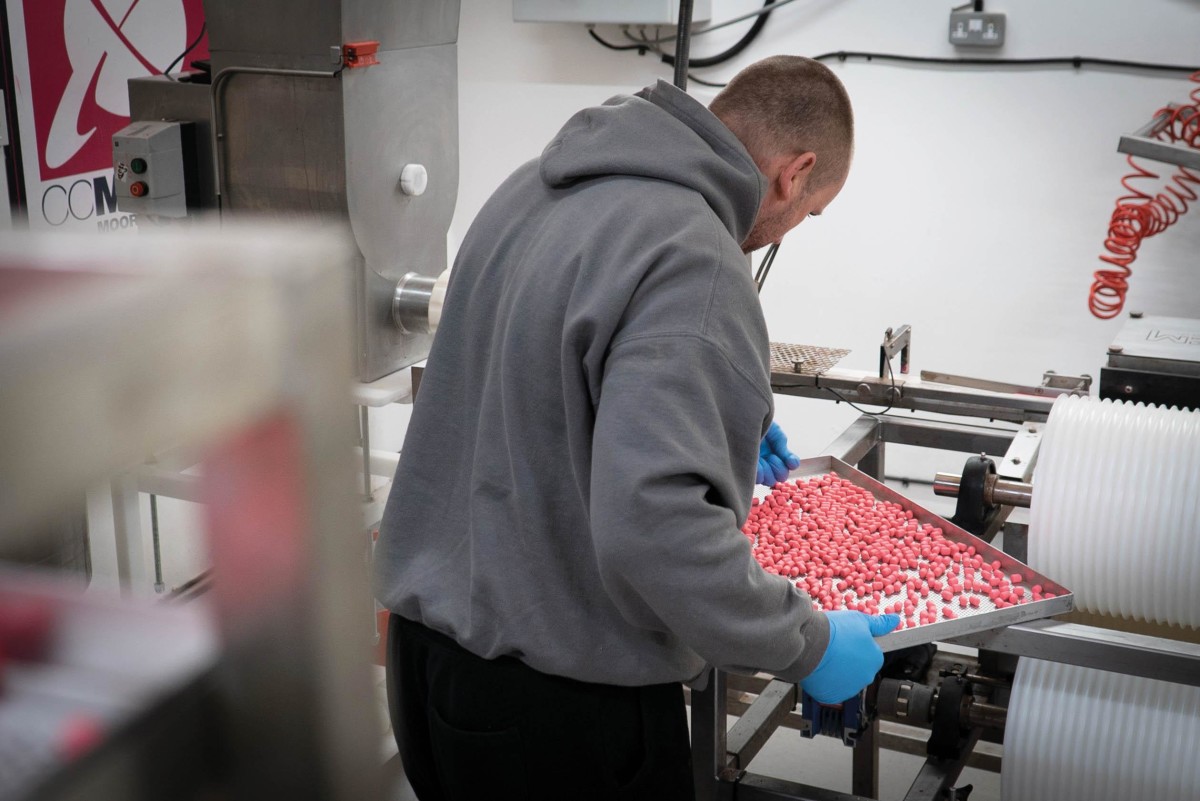
How To Make 100k Pop-Ups
With upwards of 100,000 Northern Special hookbaits rolling off the production line, CARPology asks: how does CC Moore do it?
1. Quick overview
To produce the sheer volume of special hookbaits—i.e. Northern Specials (NS1)—CC Moore requires to fulfil demand, they need a very advanced and super slick system—thankfully, they do. The paste (we’ll come to that shortly) is loaded into an extruder which delivers the paste as a ‘sausage’ onto the intake belt of the rolling plant. As it travels along the belt, sensors activate cutters and a push plate, cutting the sausage (at specific lengths for the roller width) and pushing it down into the rotating rollers.
2. The paste
CC Moore has its own unique hookbait ‘base’ mix, which is made in a 10kg batch when rolling pop-ups or 12kg for wafters. The base mix is then combined with the “secret” recipe, NS1 liquid, a liquid preservative and a small amount of water to create the paste which is kneaded to the correct consistency for rolling.
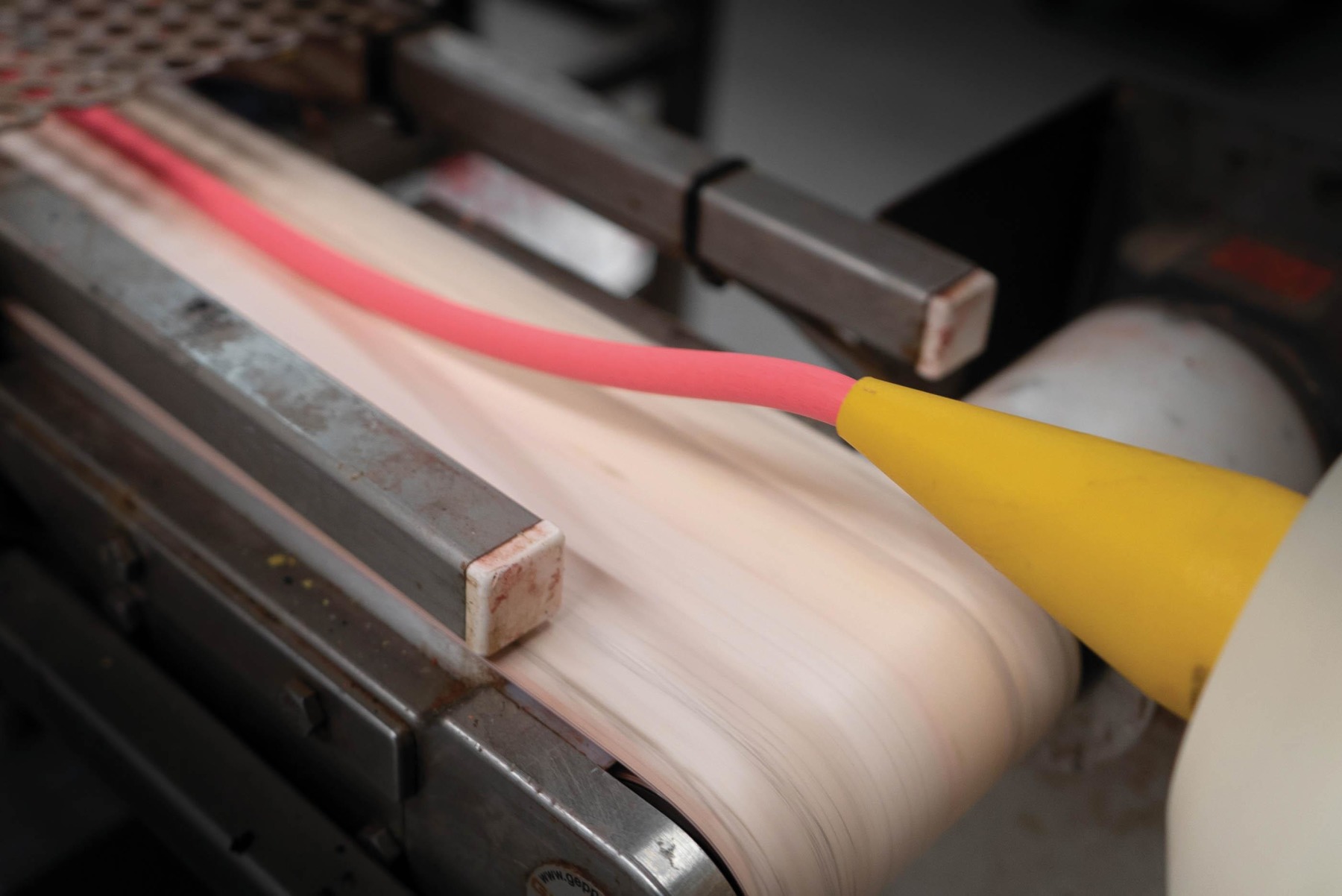
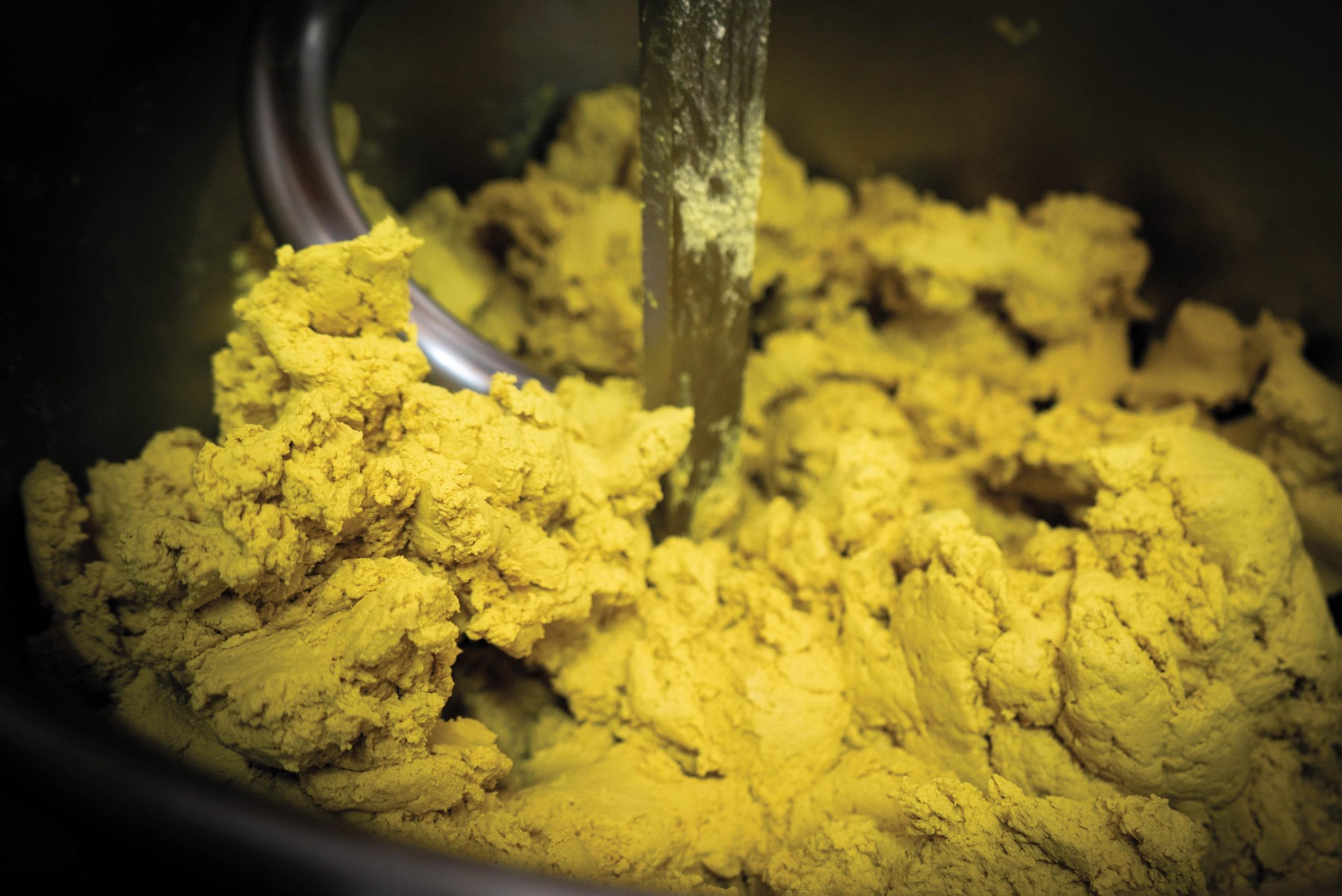
3. How so smooth?
To ensure a silky smooth round pop-up and a precisely shaped wafter, CC Moore use a three-roller system. The speed of each roller is independently controlled as the way they move and compact the paste impacts the shape and finish quality of the hookbaits.
4. Where to next?
The hookbaits are then ejected from the roller and collected directly onto perforated stainless steel trays. Here’s a not-so-common interesting fact: unlike most bait manufacturers, CC Moore steams the NS1s. You may believe it’s because steaming ensures less attraction is lost, which is correct, but the second and third reasons are to do with the shape and buoyancy: they both remain more consistent when the hookbaits are cooked in this manner.
5. Good shelf-lifes
To ensure all those beautifully spherical special hookbaits don’t turn nasty after a short period of time, a specific amount of liquid preservative is added to the paste mix. However, you too can play a role in keeping your beloved hookbaits in the best condition. Keep them cool and out of direct sunlight, and also avoid leaving an open pot in the rain, as this can often cause spotting on the hookbaits.
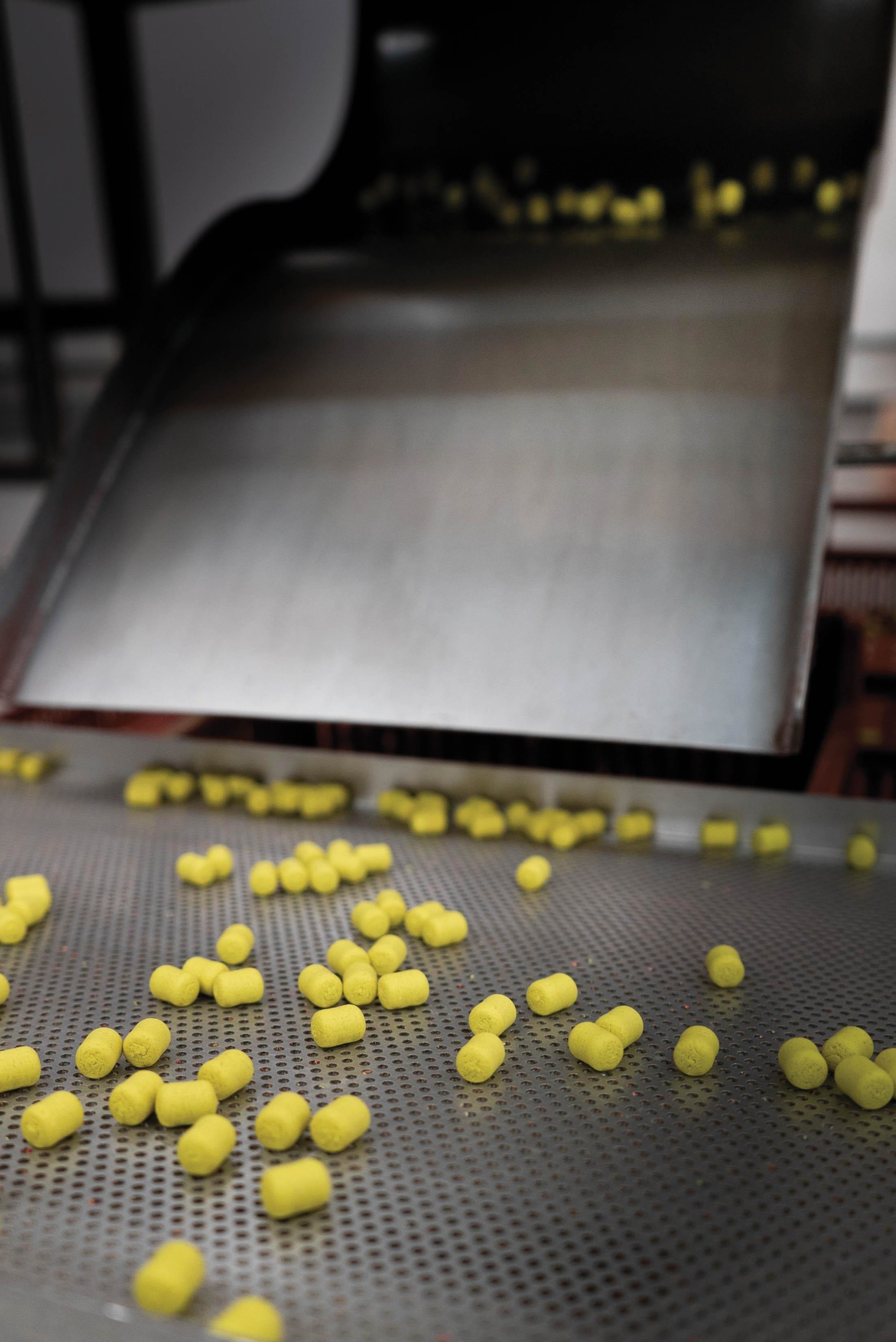
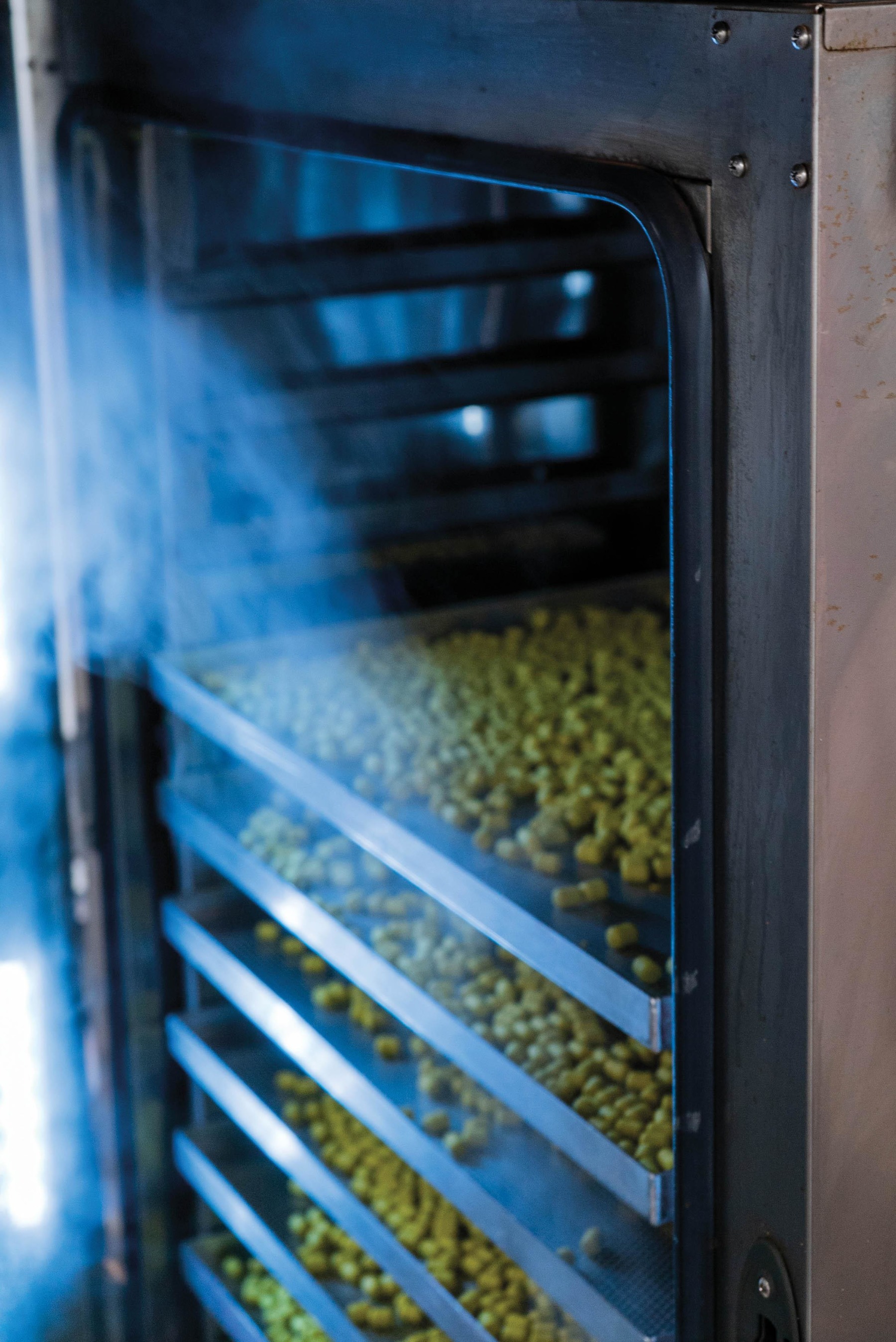
6. Cleaning
An obvious question: what happens when you’re doing a run of white pop-ups and then the next 10kg batch of paste is dyed black? The answer: about an hour’s worth of elbow grease with some warm water!
7. Drying times
From the steamer, the hookbaits are moved to a dedicated drying room and most are dried in there over a 24hr period. However, the 13-14mm ‘+’ baits have a slightly different drying process that takes three days to ensure maximum buoyancy.
8. Superspeed packing
Until last year all the hookbaits were still potted by hand—now it’s (sort of) done by robots. A machine is loaded with unlabelled empty pots, while the hookbaits are fed into a giant hopper. The machine then counts each hookbait into the pot until it reaches a set amount before being ushered down the conveyor to a labelling system. Here it spins the pot to apply the wrap-around label.
9. Popularity and volumes
Any guesses for which is the most popular colour and size of NS1 collection? It’s yellow in 14mm, and these are rolled every two or three weeks from early spring through to the autumn. When it comes to volumes, it’s eye-watering: a 10kg base mix of NS1 pop-ups will provide around 440 pots of hookbaits, which would amount to more than 24,000 hookbaits per batch. And you can times that figure by 4, as their hookbait production has a capacity of around 40kg per day!
